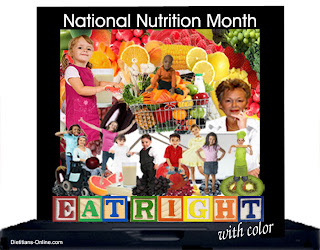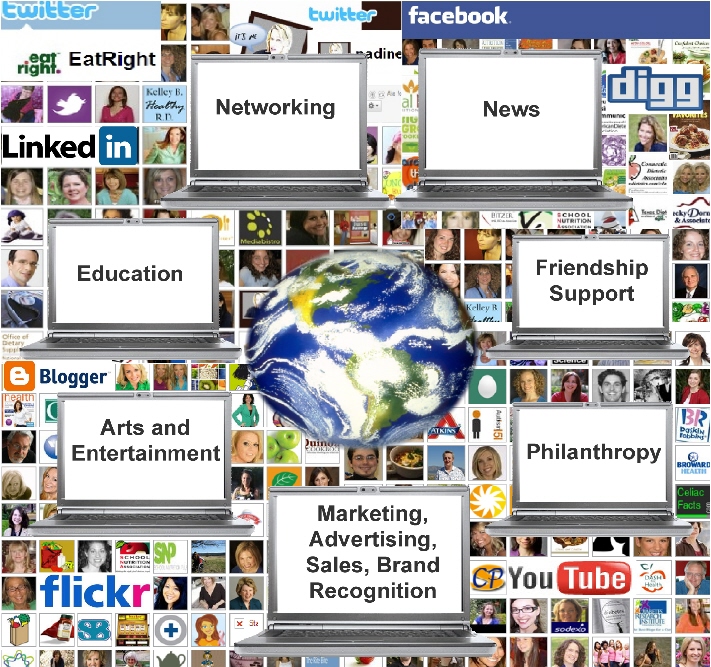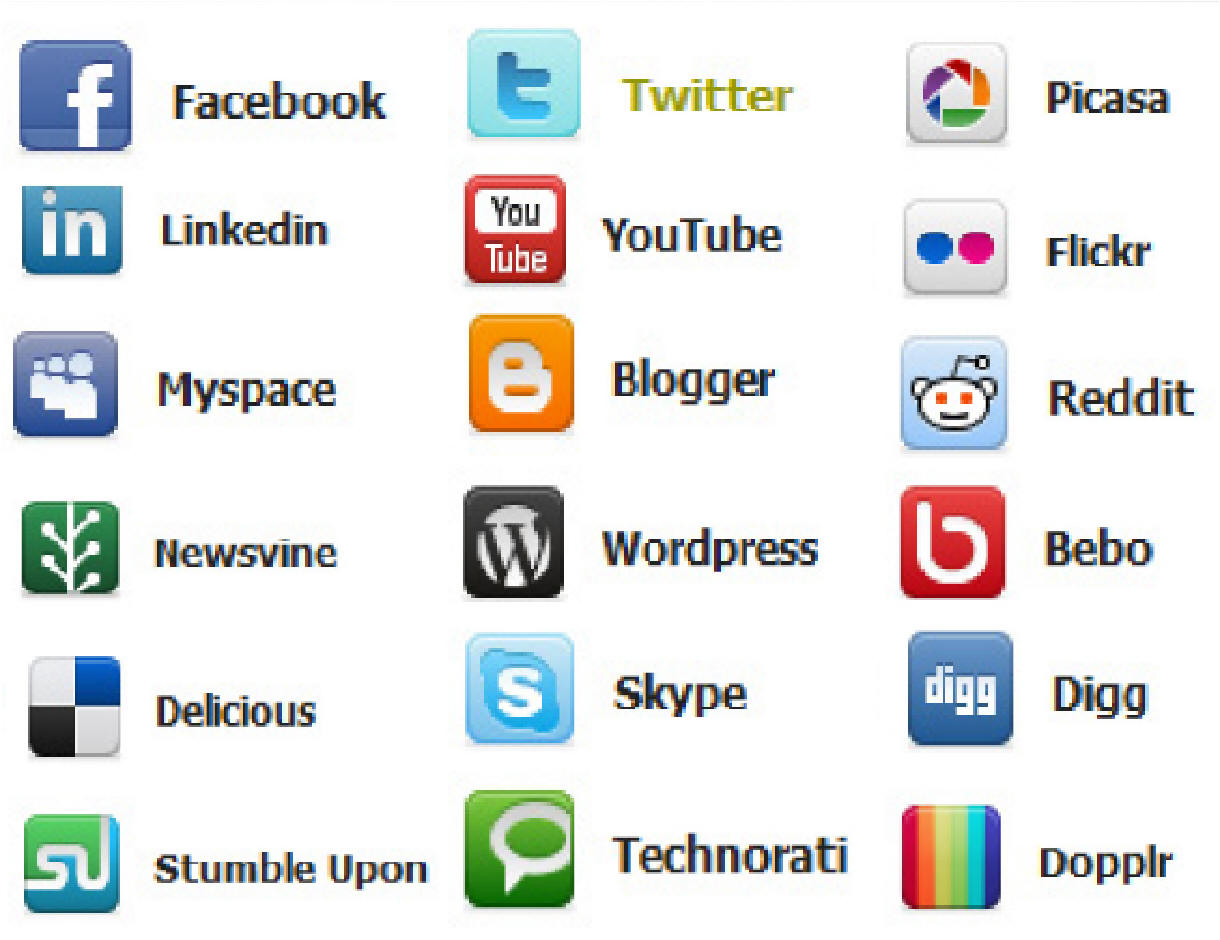The theme explores the health benefits associated with eating foods of many colors. "Eating a rainbow" refers to including color diversity in your meals and food choices, so as to enhance your intake of a wide range of nutrients. During the month of March, we will explore the colors of foods and their benefits.
Red and Pink Foods
Hosts: Robert (Red) and Pam (Pink)
Apples, Beets, Cayenne, Cherries, Cranberries, Guava, Kidney Beans, Papaya, Pink Beans, Pink/Red Grapefruit, Pomegranates, Radicchio, Radishes, Raspberries, Red Bell Peppers, Red Cabbages, Red Chili Peppers, Red Corn, Red Currants, Red Grapes, Red Onions, Red Pears, Red Peppers, Red Plums, Red Potatoes, Red Tomatoes, Rhubarb, Strawberries, Tomatoes, Watermelons
Green Foods
Host: Grace (Green)
Alfalfa, Artichokes, Arugula, Asparagus, Avocado, Bok Choy, Broccoli, Broccoli rabe, Brussels Sprouts, Celery, Chives, Collard Greens, Cucumbers, Dandelion Greens, Edamame, Endive, Fennel, Green apples, Green Beans, Green cabbage, Green Grapes, Green Olives, Green Onion, Green Pears, Green Peas, Green Pepper, Green Tomatoes, Honeydew, Kale, Kiwi, Leeks, Lettuce, Limes, Mint, Okra, Oregano, Parsley, Pistachios, Snow Peas, Spinach, Sugar snap peas, Swiss Chard, Tarragon, Tomatillo, Wasabi, Watercress, Zucchini
Blue and Purple Foods
Hosts: Brooke (Blue); Betty (Light Blue); and Peggy (Purple)
Blue Grapes, Blue and Purple Potatoes, Blueberries, Dried Plums, Plums, Eggplant, Pomegranates, Elderberries, Juniper Berries, Kelp (Seaweed), Purple Belgian Endive, Purple Cabbage, Purple Figs
Yellow and Orange Foods
Hosts: Yoko (Yellow), York (Yellow) and Oliver (Orange)
Apricots, Bananas, Butternut Squash, Cantaloupe, Carrots, Cheddar Cheese, Citrus Fruits, Clementines, Coriander, Corn, Creamsicle, Dill, Garbanzo Beans, Golden Apples, Golden Flax Seed, Golden Raisins, Grapefruit, Honey, Lemon, Lemongrass, Mandarin Oranges, Mangoes, Nectarines, Orange Jello, Orange Peppers, Orange Tomatoes, Oranges, Papaya, Parsnips, Peaches, Pears, Persimmons, Pineapple, Pumpkin, Rutabagas, Saffron, Salmon, Spaghetti Squash, Squash Blossoms, Sweet Corn, Sweet Potatoes, Tangerines, Whole Grains, Yams, Yellow Apples, Yellow Beans, Yellow Peppers, Yellow Summer Squash, Yellow Wax Beans
White and Black Foods
Hosts: Wendy (White) and Brian (Black)
White: Cauliflower, Coconut, Garlic, Ginger, Green Onions, Scallions, Horseradish, Jicama, Kohlrabi, Leeks, Millet, Mushrooms, Onions, Parsnips, Quinoa, Shallots, Soy Products, Sunflower Seeds, Tofu, Turnips, White Beans, White Corn, White Sesame Seeds
Black: Black Beans, Black Cherries, Black Currants, Black Mushrooms, Black Olives, Black Quinoa, Black Raspberry, Black Rice, Black Sesame Seeds, Black Soybeans, Blackberries, Boysenberries, Prunes, Raisins, Seaweeds, Tamari (Soy Sauce)
Black: Black Beans, Black Cherries, Black Currants, Black Mushrooms, Black Olives, Black Quinoa, Black Raspberry, Black Rice, Black Sesame Seeds, Black Soybeans, Blackberries, Boysenberries, Prunes, Raisins, Seaweeds, Tamari (Soy Sauce)
Prepared by
http://www.dietitians-online.com/
http://www.weighing-success.com/
Wellness News (www.weighing-success.com/WellnessNews.html)
http://www.wheelchair-connection.com/
Sandra Frank, Ed.D, RD, LDN
Jake Frank
Lance Li
http://www.dietitians-online.com/
http://www.weighing-success.com/
Wellness News (www.weighing-success.com/WellnessNews.html)
http://www.wheelchair-connection.com/
Sandra Frank, Ed.D, RD, LDN
Jake Frank
Lance Li
Jonathan Cruz

































